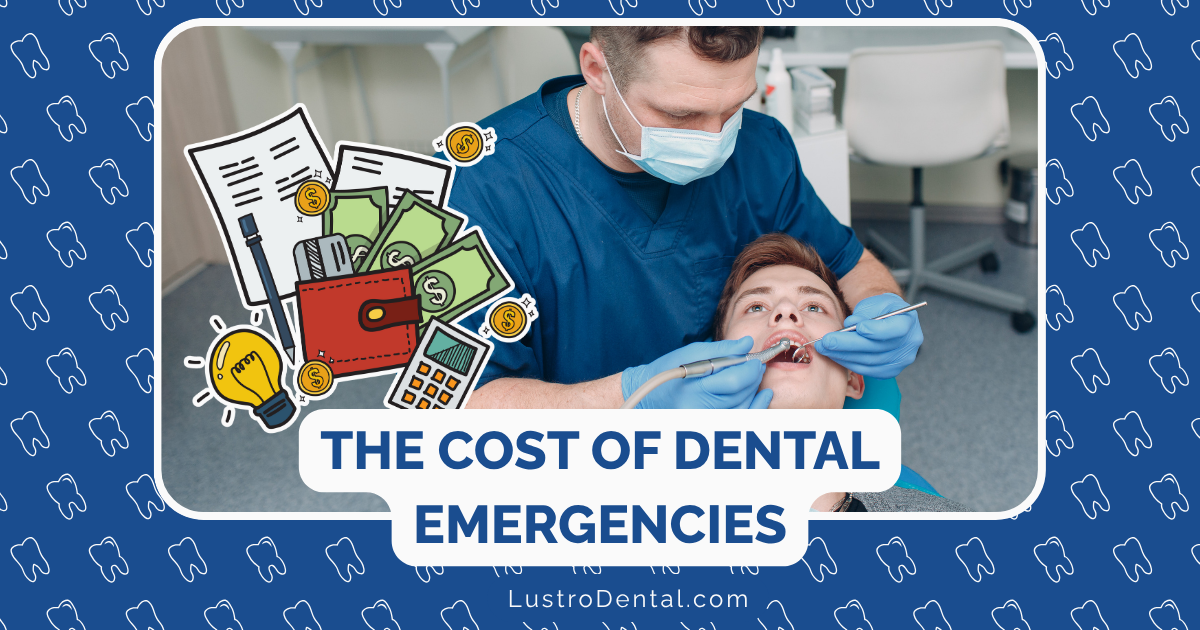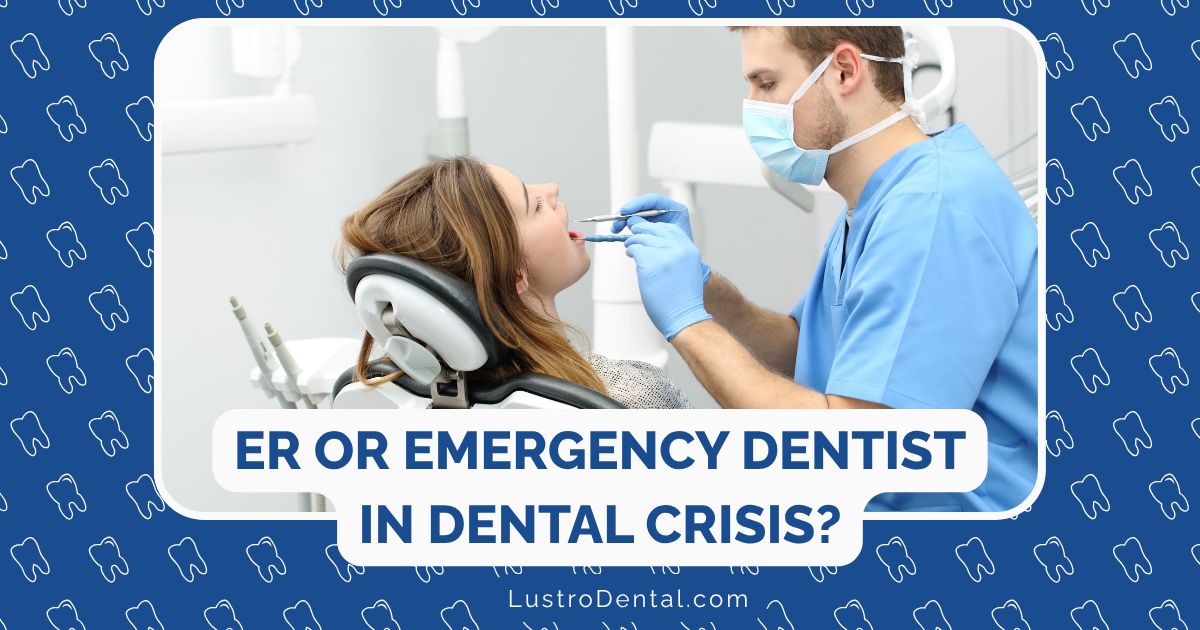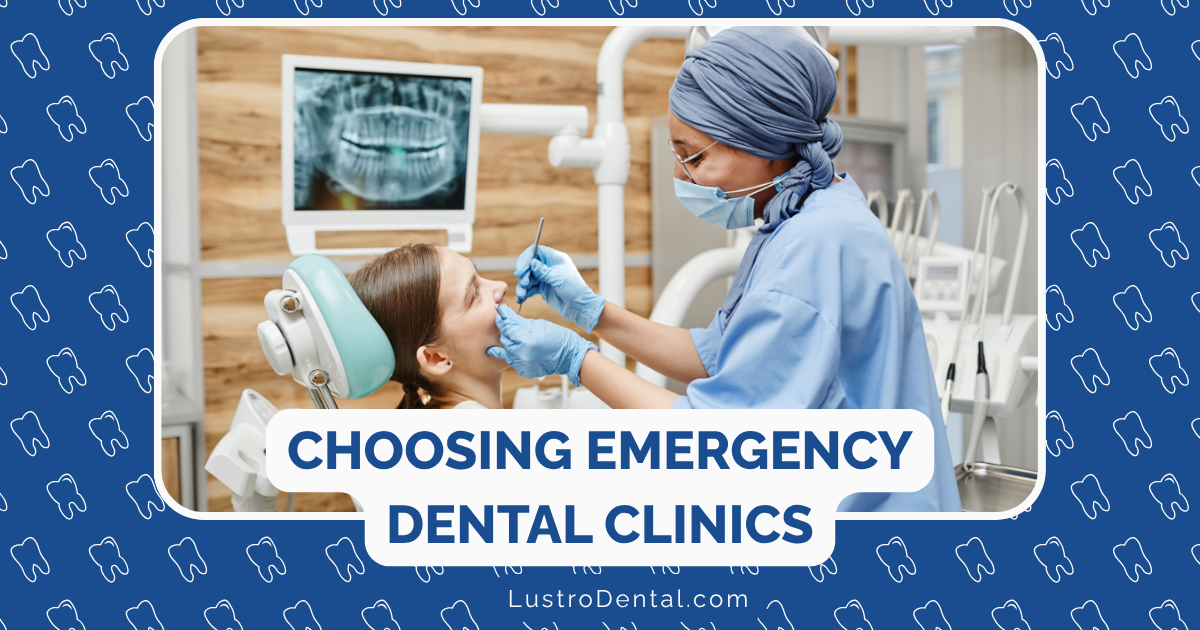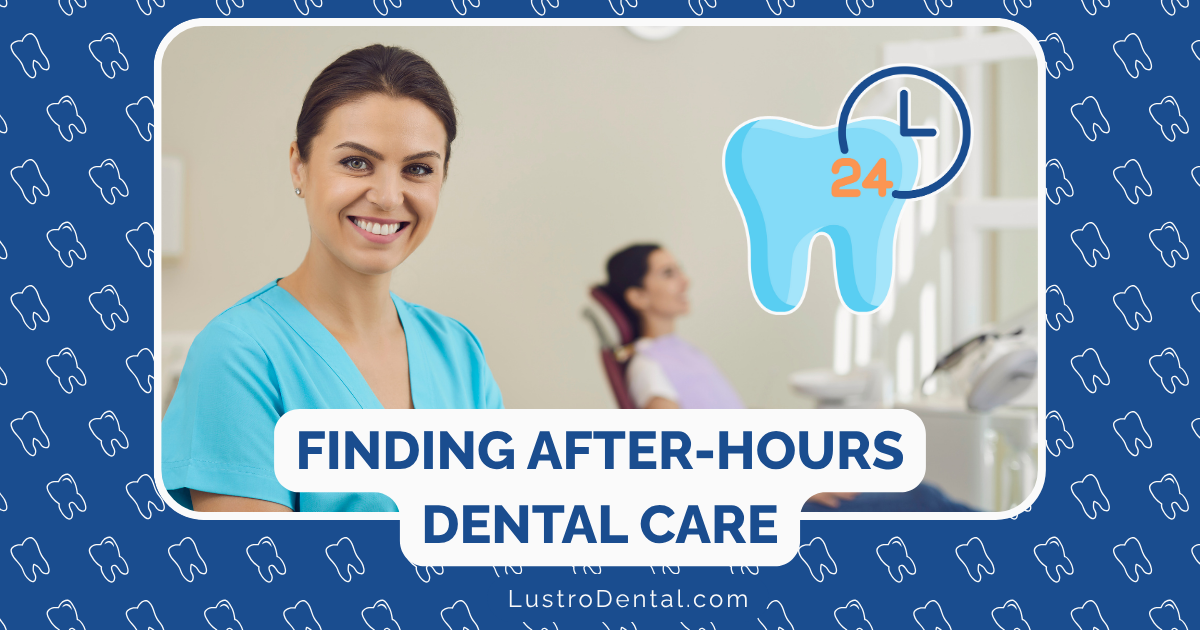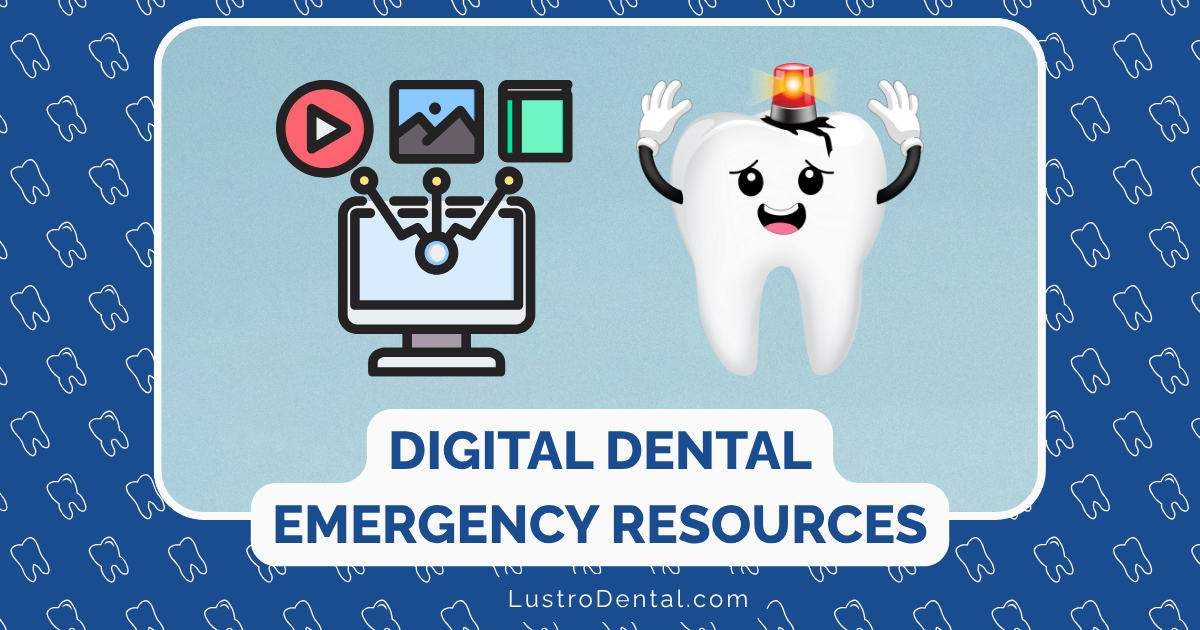When Crowns or Bridges Fail: Managing the Emergency and Next Steps
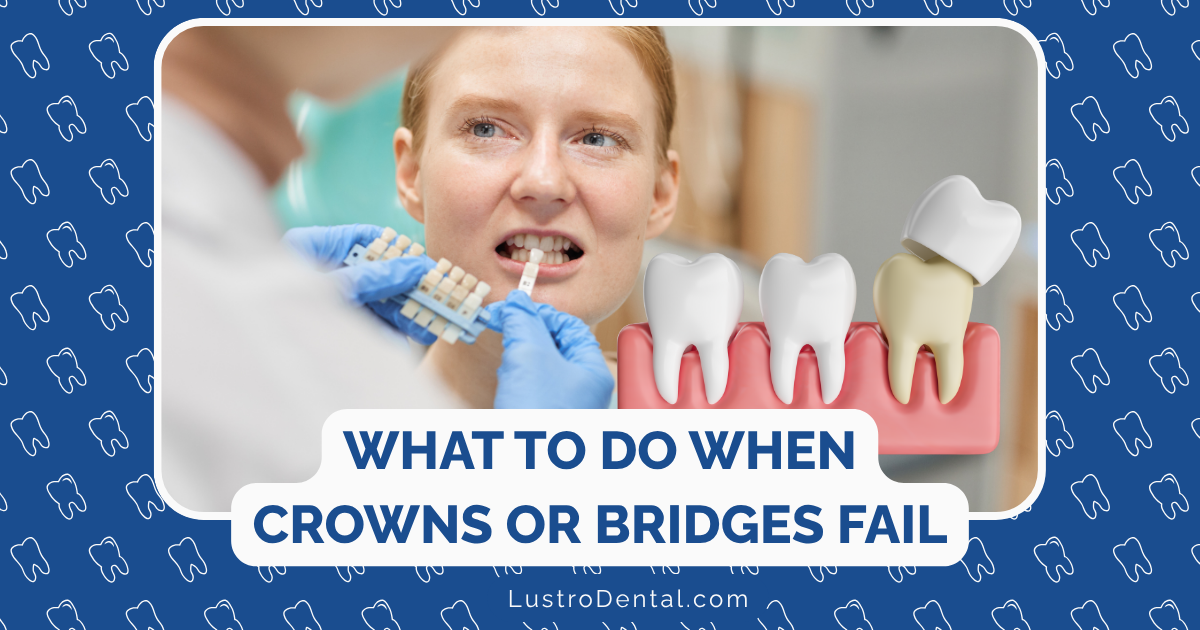
It always seems to happen at the most inconvenient time. You’re enjoying dinner on vacation, bite down on something, and suddenly feel that unmistakable shift in your mouth—your dental crown or bridge has come loose or broken. Or perhaps you wake up on a Sunday morning to find your restoration sitting on your nightstand instead of securely in your mouth.
I’ve guided countless patients through these dental emergencies, and I understand the immediate panic that sets in. Not only is there potential discomfort, but there’s also concern about appearance, function, and what happens next.
The good news? With the right knowledge and quick action, you can effectively manage this situation until you can see your dentist. Let’s walk through exactly what to do when your crown or bridge fails, how to protect your tooth in the meantime, and what to expect for permanent solutions.
Understanding Why Crowns and Bridges Fail
Before diving into emergency management, it’s helpful to understand why these dental restorations sometimes fail. This knowledge can help prevent future issues.
Common Causes of Crown and Bridge Failures
- Decay beneath the restoration: Despite being covered, the natural tooth underneath can still develop cavities.
- Trauma or injury: A blow to the face or biting down on something extremely hard can damage restorations.
- Worn or aged cement: The bonding material that holds crowns and bridges in place can deteriorate over time.
- Poor fit: Restorations that weren’t properly fitted initially may be more prone to failure.
- Grinding or clenching: These habits place excessive force on dental work.
- Normal wear and tear: Even the highest quality dental work has a limited lifespan (typically 5-15 years).
- Gum recession: As gums recede, the margin of the crown may become exposed, increasing vulnerability.
According to Ranieu Dental, a fallen crown is indeed considered a dental emergency because the exposed tooth is vulnerable to damage and infection.
Immediate Steps When a Crown or Bridge Fails
The moments right after your dental work fails are crucial. Here’s what to do immediately:
1. Retrieve and Clean the Restoration
If your crown or bridge has come out completely:
- Locate the restoration and keep it safe
- Rinse it gently with warm (not hot) water
- Clean away any food particles or old cement
- Never use harsh chemicals or abrasive materials to clean it
Best Smiles Dentist recommends using lukewarm water to clean both the fallen restoration and your mouth to remove any debris and bacteria.
2. Examine Your Mouth and the Restoration
- Check if there’s any obvious damage to the crown or bridge
- Look at the exposed tooth or teeth—are they intact or broken?
- Note any sharp edges that might cut your tongue or cheeks
- Assess if you’re experiencing any pain or sensitivity
3. Protect the Exposed Tooth
The tooth under a crown is usually filed down and may be highly sensitive. To protect it:
- Avoid exposing the area to extreme temperatures or pressure
- If sensitivity occurs, use over-the-counter pain relievers
- Apply a cold compress to the outside of your cheek if there’s swelling
- Use dental wax (available at pharmacies) to cover any sharp edges
4. Contact Your Dentist Immediately
According to Arcade Dental, you should contact your dentist right away if your crown breaks to assess the damage and determine the best treatment approach.
When calling your dentist:
- Explain exactly what happened
- Describe any pain or discomfort
- Ask about emergency appointment availability
- Inquire about temporary solutions if you can’t be seen immediately
Temporary Solutions Until You See Your Dentist
If you can’t get to your dentist immediately, here are some temporary fixes that can help manage the situation:
Temporary Reattachment of a Crown
If your crown is intact and the tooth underneath appears undamaged, you might be able to temporarily reattach it:
- Clean both surfaces thoroughly (the inside of the crown and the exposed tooth)
- Use temporary dental cement available at most pharmacies (brands like Dentemp or Recapit are designed specifically for this purpose)
- Apply the cement according to package instructions and carefully position the crown
- Bite down gently on a piece of waxed paper to ensure proper positioning
- Wipe away excess cement with a cotton swab
Northampton Dental advises against forcing a bridge back into place if it doesn’t fit easily, as this could cause further damage.
When You Don’t Have Dental Cement
If you can’t access temporary dental cement, these alternatives can work in a pinch:
- Denture adhesive: Can provide temporary hold
- Orthodontic wax: Won’t reattach the crown but can protect the exposed tooth
- Petroleum jelly: May help hold the crown in place very temporarily
Important: Never use superglue or household adhesives to reattach dental work. These products are toxic and can cause permanent damage to both your restoration and your natural tooth.
Managing a Broken Bridge
Bridges are more complex than single crowns because they involve multiple teeth. If a bridge breaks or comes loose:
- Don’t attempt to bend or adjust it yourself
- Store it safely in a clean container
- Use dental wax to protect any sharp edges in your mouth
- Stick to soft foods and chew on the unaffected side
Dietary Adjustments While Waiting for Repair
Until your dental work is permanently fixed, modify your diet to prevent further damage:
Foods to Avoid:
- Hard or crunchy items (nuts, raw vegetables, hard bread)
- Sticky foods (caramel, taffy, gummy candies)
- Very hot or cold beverages and foods
- Chewy meats
- Anything that requires significant biting force
Better Choices:
- Soft cooked vegetables
- Yogurt, cottage cheese, and other soft dairy products
- Eggs
- Pasta, rice, and other grains
- Smoothies and protein shakes
- Room-temperature beverages
What to Expect at Your Emergency Dental Visit
When you make it to your dentist’s office, here’s what typically happens:
Assessment and Examination
Your dentist will:
- Examine the failed restoration and the underlying tooth
- Take X-rays to check for decay or other issues
- Assess whether the original crown or bridge can be reused
Possible Treatment Scenarios
Depending on the assessment, your dentist might:
- Recement the original restoration: If the crown or bridge is intact and the supporting tooth structure is sound, your dentist may simply clean and recement the original piece.
- Repair the restoration: Minor chips or cracks in porcelain crowns can sometimes be repaired with dental bonding materials.
- Create a new restoration: If the original is damaged or the underlying tooth has new decay, your dentist will likely need to create a new crown or bridge.
- Address underlying issues: If decay or infection is present, your dentist may need to perform additional procedures like a filling, root canal, or gum treatment before replacing the restoration.
Long-term Solutions and Prevention
After addressing the immediate emergency, consider these long-term approaches:
Extending the Life of Your Dental Work
- Maintain excellent oral hygiene: Brush twice daily, floss daily, and use an antimicrobial mouthwash
- Use a nightguard if you grind your teeth: This protective barrier can prevent excessive wear on restorations
- Avoid using teeth as tools: Never open packages or bite non-food items with your teeth
- Be cautious with very hard foods: Consider cutting them into smaller pieces
- Attend regular dental check-ups: Your dentist can spot potential issues before they become emergencies
My Gentle Touch Dentistry emphasizes that regular dental checkups and good oral hygiene can help prevent bridges from falling out in the first place.
When Replacement Might Be Better Than Repair
In some cases, replacing your dental work with newer options might be advisable:
- If the restoration is more than 10 years old
- If you’ve had multiple failures with the same piece
- If the underlying tooth structure has changed significantly
- If newer materials would provide better aesthetics or function
Cost Considerations and Insurance
Dealing with failed dental work often raises financial concerns:
Typical Costs Without Insurance
- Recementing a crown: $100-300
- New crown: $800-1,500
- Bridge repair: $300-500
- New bridge: $2,000-5,000+ (depending on the number of teeth)
Insurance Coverage
Most dental insurance plans provide at least partial coverage for crown and bridge repairs or replacements, especially in emergency situations. However, coverage varies widely:
- Some plans cover 50-80% of the cost
- Many have waiting periods for major restorative work
- Annual maximums may limit coverage
- Replacement frequency limitations may apply (e.g., coverage only once every 5 years)
Check with your specific insurance provider about coverage details before treatment if possible.
Real Patient Experience: Michael’s Story
Michael, a 52-year-old patient of mine, was on a business trip when his 8-year-old bridge covering his front teeth partially detached during dinner. He was scheduled to give a presentation the next morning and was understandably panicked.
He followed the emergency steps we’ve outlined—rinsing the bridge, protecting the exposed teeth, and using temporary dental adhesive from a nearby pharmacy. This solution held through his presentation, and he scheduled an appointment with me for the day he returned.
Upon examination, I discovered that decay had developed under one of the supporting teeth, which had weakened the cement’s bond. After treating the decay, we created a new, more durable bridge with improved materials.
“I was so grateful for knowing what to do in that moment of panic,” Michael told me later. “Having that temporary solution gave me the confidence to get through my presentation, and now my new bridge feels even better than the original.”
Final Thoughts: Staying Calm and Taking Action
A failed crown or bridge can be alarming, but with prompt action and proper care, the situation can be managed effectively until professional treatment is available. Remember that the exposed tooth needs protection, and even temporary solutions should be just that—temporary.
By understanding why these failures occur and knowing exactly what steps to take when they do, you can minimize discomfort, protect your dental health, and potentially save yourself time and money in the long run.
Have you experienced a crown or bridge failure? What worked best for you in managing the situation? Share your experiences in the comments to help others who might be facing similar dental emergencies.


